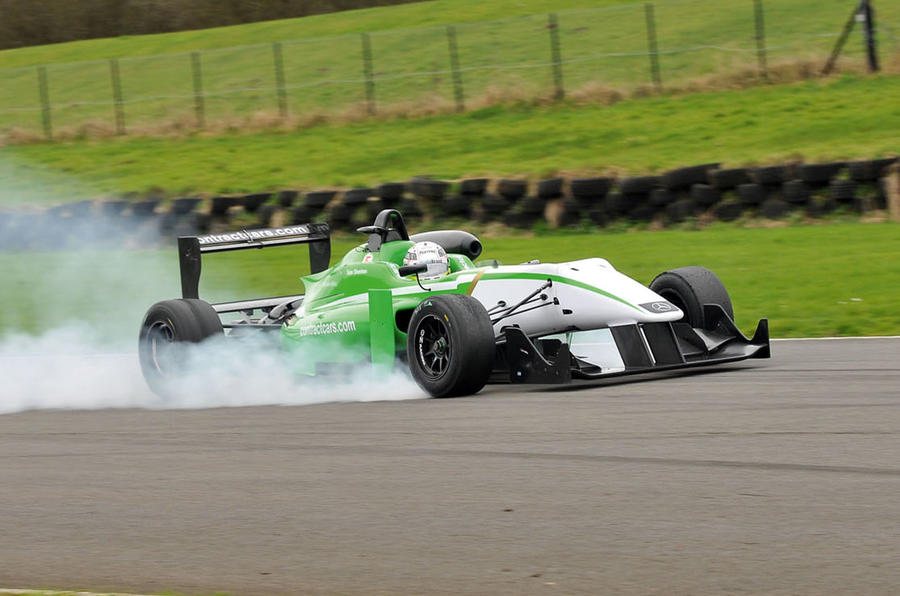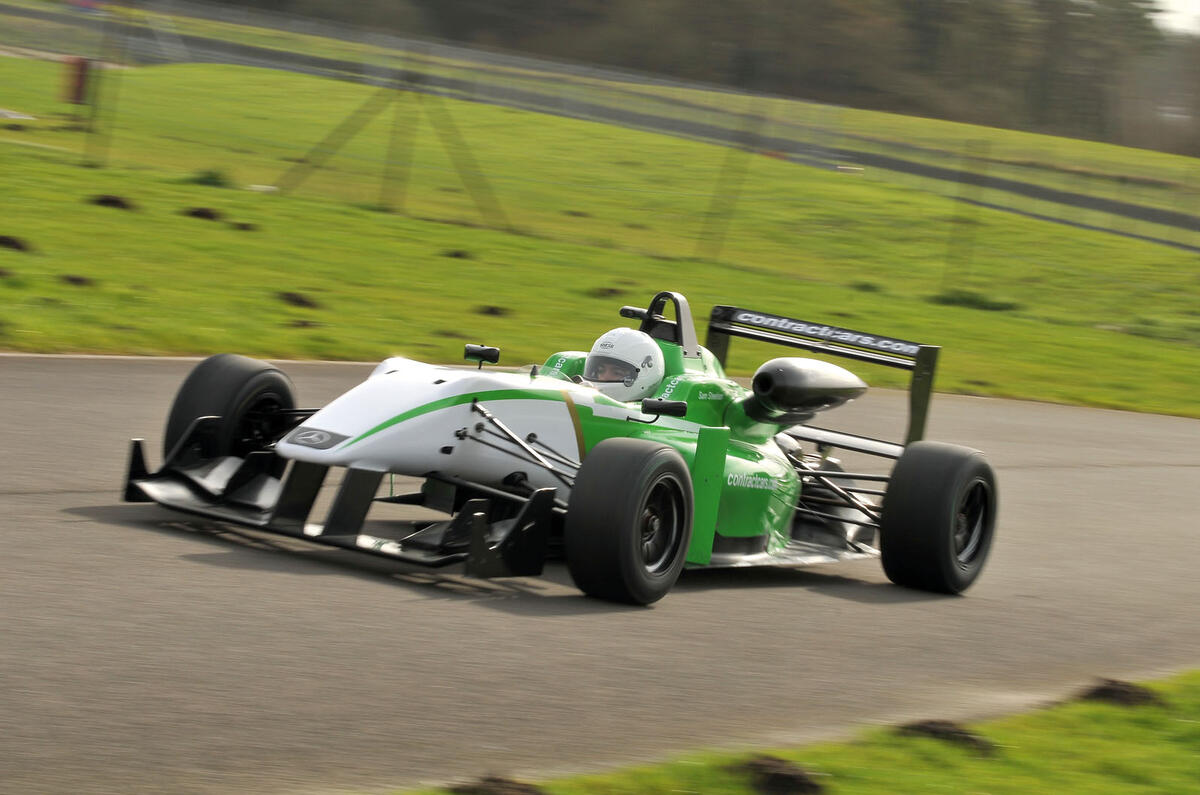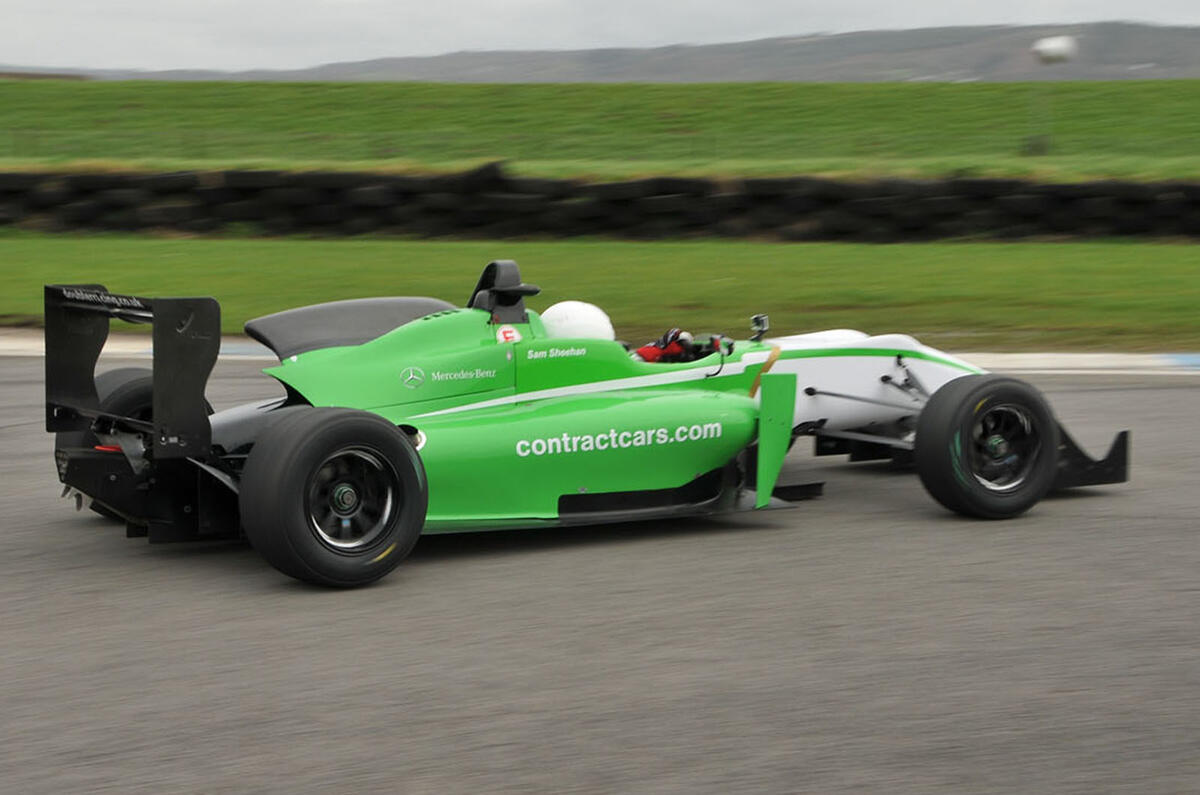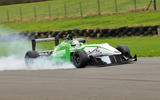What does it take to be a professional racing driver? How does it feel – through your hands, neck and whole body – to drive a single-seater flat out? These are questions many of us will have pondered, but only a select few will be able to answer.
“It’s like nothing you’ve ever driven before,” says Karun Chandhok, a former F1 driver for Lotus and HRT, in answer to the latter question. “If you’ve never been in one, for the first day you’ll be miles from the limit.”
Piloting a thoroughbred racing car takes guts, focus and fitness – three things most of us have in portions, but something that F1 drivers have by the bucketload. To get a flavour of what’s required, we’re at Pembrey Circuit in Wales with Double R Racing and one of the team’s FIA Formula 3 cars is at our disposal.

Chandhok is here to lend some F1 knowledge. He says to “build up slowly, but not so slowly that you lose tyre temperature”, and to “get used to the fast steering [response] before learning about the car’s throttle”, which is “very responsive, so the car will wheelspin easily”.
A single-seater has next-to-no suspension travel and its weight is distributed so perfectly that body roll is non-existent. Chandhok says this means there’s no need to manage weight transfer, so essentially everything one has learned about driving a regular car quickly has to be unlearned in a single-seater.
“To master these cars takes time,” says Double R Racing team principal Anthony Hieatt. “When [Toro Rosso F1 driver] Daniil Kvyat stepped up to F3 he did 20 days [of testing], and [Red Bull’s] Daniel Ricciardo would have done 25. Racing drivers aren’t born, they’re made.”






















































Join the debate
Add your comment
My experience exactly
.
the fuel system on a single